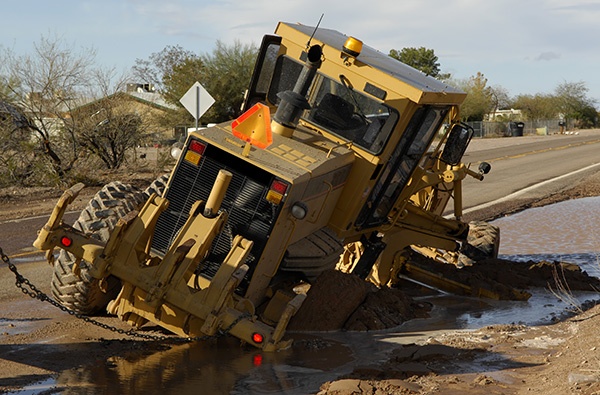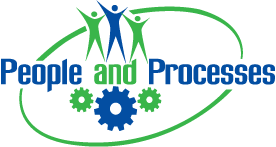 Organizations typically fall into one of three categories. Reactive, emerging proactive, and proactive. Then we have those organizations that were proactive but have fallen back into the reactive cycle of despair. The statistic of over 60% of all organizations being reactive in their maintenance processes probably doesn’t surprise many of you, especially if you live in that environment.
Organizations typically fall into one of three categories. Reactive, emerging proactive, and proactive. Then we have those organizations that were proactive but have fallen back into the reactive cycle of despair. The statistic of over 60% of all organizations being reactive in their maintenance processes probably doesn’t surprise many of you, especially if you live in that environment.
In my travels, I guide organizations to improve their processes. These organizations may fall into any of the three stages of the maintenance and reliability best practices. What I’ve seen more recently are those in the reactive domain. People always ask if I’m writing about their site practices, but it’s not one particular site or organization. It’s funny how practices translate across many different organizations, and people say “but we’re different!!”
I’ve seen lots of organizations with a deep need to optimize their PM and PdM programs. The tasks are too generic, frequencies applied excessive, and in reality, don’t address the likely failure modes. That said, be leery of the vendors who promise miraculous results such as thousands of PMs changed via templating. Change takes time, and the operating context differs for separate pieces of equipment. If there were a silver bullet, it would have been put in place a long time ago. As RCM2 and RCM3 practitioners ourselves, we see organizations chase the quick fix only to be disappointed with their actual equipment reliability.
There are many tools available to improve asset reliability. Start with standardized work from both maintenance and operations perspectives. Procedures, checklists, training, and so on. Audit to ensure success. As tools, we offer the reliability centered maintenance (RCM2 & RCM3), root cause analysis (RCA or RCFA), Failure Modes and Effects Analysis (FMEA), preventive maintenance optimization (PMO), operator driven reliability (ODR) or autonomous maintenance (AM), and much more.
- Sponsored -
Need to improve your maintenance and reliability practices? Want to learn how along with the tools above and when to apply them?
Training with coaching built-in plus then go to a SMRP testing center
to have the CMRP Certification exam proctored
Not only does one need to understand the methodologies, but when to apply each. For success, you also need to consider how you will sustain these items over time. We discussed auditing, and while that’s an important piece, there’s more to it. You need to coach people to change their behaviors. When you have failures, there must be a feedback loop to bring you back around to adjusting the tasks, and frequencies to improve.
Start with understanding the current state against the desired state, the vision of the future based on the best practices. Don’t know what the future state should look like? Then, get educated and get a coach. Why waste a lot of time for no reason when you can leverage people who already have the scrapes and bruises from the traveling the path before you? Next, build a plan to take you from the current state to the desired state, a roadmap. Again, a coach is a big help here. Then, execute. A plan without action is meaningless.
Need help? Reach out to me.
Additional Resources
Videos:
- Definition of Maintenance
- Do You Know the Value of Your PM-PDMs Tasks
- First Line of Defense - Operations and Maintenance Inspections
- Grease Guns Can be Equipment Killers
- How to Use People and Processes Video
- Intro to the Maintenance P-F Curve
- Measuring Equipment Availability
- MTBF and Useful Life
- Simple Steps to Drive Better Lubrication Practices
- Three Maintenance Types
- Understanding how Equipment Fails
- Understanding Your Equipment Failure
- Who owns Equipment Reliability
- Window for Equipment Degradation
Tips:
